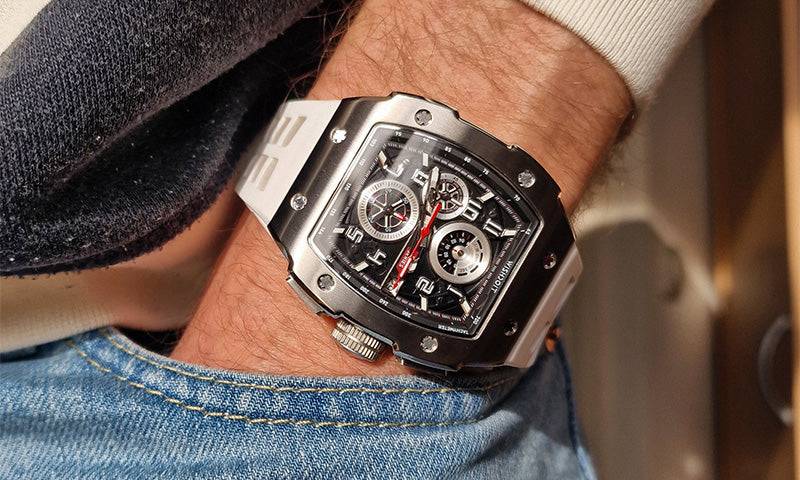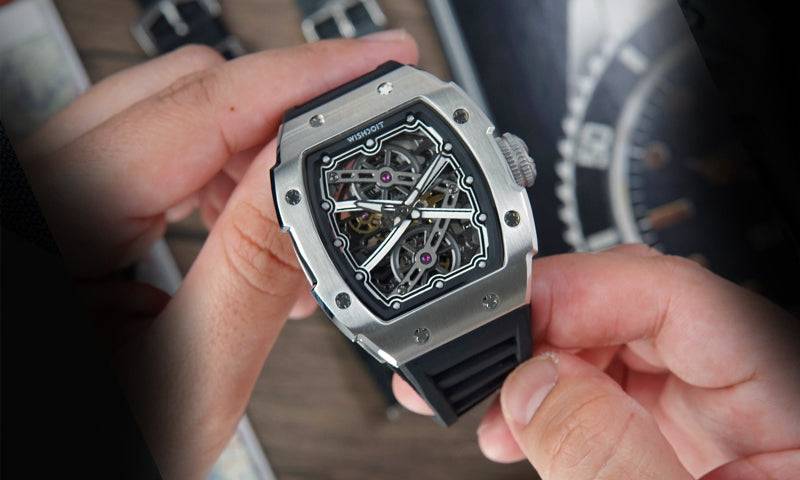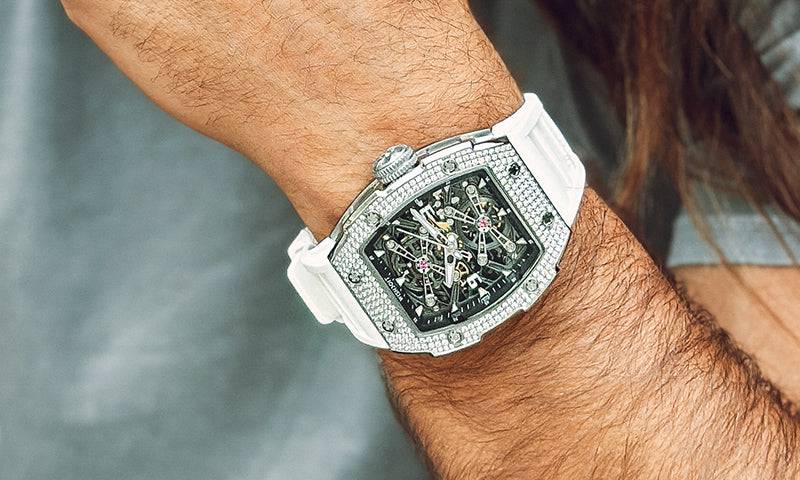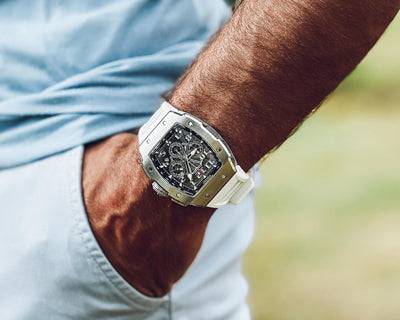The luminous watch was originally for military convenience. During the war, it was very difficult to read at night and in dark places without night light, and it would be very dangerous if an external light source was used to "borrow bright children". It would cost a person at least one life, or a battle would fail. So around 1910, watches began to use radium complex luminous powder.
As we all know, Madame Curie won the Nobel Prize when she discovered radium. But what everyone does not know is that Mr. Curie showed obvious symptoms of excessive radiation before the car accident, and Mrs. Curie eventually died of radiation. Radium is a radiant and has highly toxic substance. Even if the amount is very small and the protective effect of the watch lens, it will inevitably cause harm to the human body.
After the 1950s, the application of radium in general industrial fields was gradually restricted. At this time, the watch luminous material uses tritium. Tritium and radium are both radioactive materials, but it is much safer than radium. Tritium is a pure beta particle emitter, and its range is only 0.4 cm. And the penetrating power is very weak, so it cannot penetrate the crystal. In addition, the amount of itself is small, so it will not cause harm to the watch user.
In the mid-1990s, a new type of luminous material appeared again, named Luminova. Luminova is an environmental friendly material without radiation. Its basic chemical composition is inorganic aluminate, which is stable. The light resistance is so strong, even after years of use, the light will not turn yellow.
Therefore, the luminous watches on the market now adopt more advanced technology, so they basically do not cause harm to the human body. You can rest assured that you love luminous watches!






























